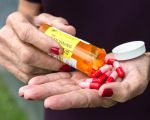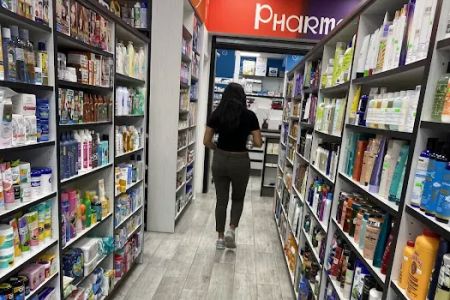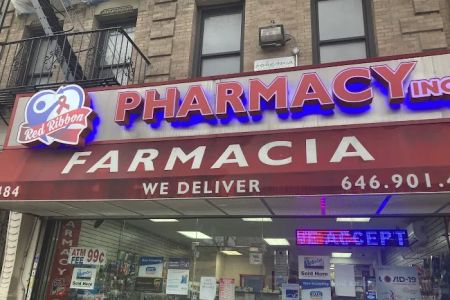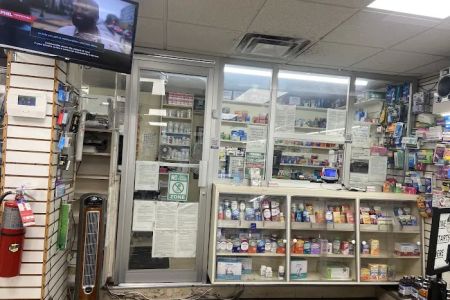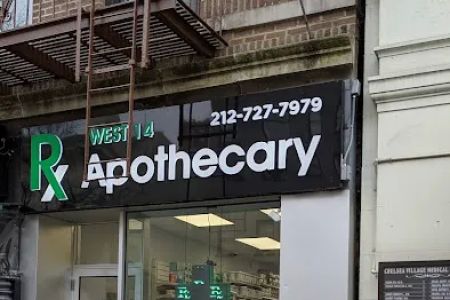How to Verify Pharmacy Accreditations
As a responsible consumer, it is crucial to ensure that the pharmacy you are using for your health needs is accredited and follows established standards of care. With so many online pharmacies and local options available, it can be difficult to know which ones are reliable. In this article, we will explore how to verify pharmacy accreditations, what these accreditations mean, and why they are important to your safety and well-being.
1. Understanding Pharmacy Accreditations
Before we dive into how to verify pharmacy accreditations, it’s important to understand what they actually mean. Pharmacy accreditations are certifications granted by recognized organizations that ensure a pharmacy adheres to industry standards, practices, and legal requirements. These certifications can apply to both physical and online pharmacies and are an indication that the pharmacy operates with professionalism, safety, and quality in mind.
Accreditations often involve rigorous audits, inspections, and reviews of the pharmacy’s operations, staff credentials, and patient care practices. Some of the most well-known accrediting bodies in the United States include the National Association of Boards of Pharmacy (NABP), the Pharmacy Technician Certification Board (PTCB), and the Accreditation Commission for Health Care (ACHC). These organizations are trusted to ensure that pharmacies meet national standards for patient care and safety.
2. Look for Recognized Accrediting Bodies
The first step in verifying a pharmacy’s accreditation is to check which accrediting bodies have certified the pharmacy. The NABP, for example, provides accreditation for both retail and mail-order pharmacies that meet their standards. Other well-regarded bodies like ACHC and URAC (Utilization Review Accreditation Commission) also offer specific accreditations for pharmacies that deal with specialized care such as home health or telemedicine services.
To verify whether a pharmacy is accredited by a reputable body, you can check their website for logos or statements that list their accreditations. However, it’s important to verify the authenticity of these claims. Some websites may include fake logos or outdated accreditation information. Therefore, visiting the accrediting body’s website directly and searching for the pharmacy’s name in their directory is a crucial step in ensuring the pharmacy’s legitimacy.
3. Verify Online Pharmacy Accreditations
Online pharmacies are increasingly popular, but they come with added risks. To ensure that you are using a legitimate and accredited online pharmacy, the NABP operates the VIPPS (Verified Internet Pharmacy Practice Sites) program. This program helps identify websites that comply with U.S. pharmacy laws and meet rigorous safety standards.
When browsing an online pharmacy, check if they display the VIPPS seal on their site. You can also use the NABP’s website to search for a pharmacy’s VIPPS certification status. The VIPPS seal is an indication that the pharmacy has been verified by an accredited body and is compliant with U.S. laws and regulations for patient safety.
4. Check Pharmacy Licensing Information
In addition to accreditations, it is essential to verify that the pharmacy holds a valid state license. Each state in the U.S. has its own pharmacy board that issues licenses to pharmacies operating within that state. You can verify the license status of a pharmacy by checking with your state’s pharmacy board. This is especially important for online pharmacies, as they must have a license in the state where they are operating and shipping medications from.
Most state pharmacy boards offer an online lookup tool where you can search for a pharmacy’s license status by entering their name or registration number. If a pharmacy is not licensed in your state, it is best to avoid doing business with them, as they may not be subject to state and federal regulations.
5. Review Pharmacy Accreditation Renewal Dates
Pharmacy accreditations and licenses are not permanent—they need to be renewed regularly. It’s crucial to check the renewal dates of the pharmacy’s accreditations and licenses to ensure that they are current. Many organizations will display the renewal date or expiration date of their accreditations on their website. If you can’t find this information, don’t hesitate to contact the pharmacy directly and ask for the renewal status of their accreditation and license.
Keep in mind that a lapsed accreditation or license could mean that the pharmacy is no longer operating under the approved standards. If you discover that the pharmacy’s accreditation has expired, it’s wise to look for another pharmacy that meets all the necessary requirements.
6. Look for Additional Consumer Reviews and Feedback
Consumer reviews and feedback can provide valuable insight into the reliability and quality of a pharmacy’s services. Websites like Trustpilot and Better Business Bureau (BBB) allow customers to leave reviews about their experiences with pharmacies. Reading these reviews can help you gauge whether a pharmacy is trustworthy, responsive, and committed to patient care.
While reviews can be helpful, they should not be the sole factor in your decision-making. Always cross-check reviews with other sources, such as professional accreditation directories, to ensure that the pharmacy’s claims align with its actual practices.
Be cautious of pharmacies with overwhelmingly negative reviews or complaints about poor customer service, incorrect prescriptions, or long delivery times. It’s always better to choose a pharmacy with a proven track record of patient safety and satisfaction.
SEO Title: How to Verify Pharmacy Accreditations for Safe and Reliable Service SEO Keywords: pharmacy accreditation, NABP, VIPPS, online pharmacy verification, pharmacy license check, patient safety SEO Description: Learn how to verify pharmacy accreditations and ensure safe, reliable pharmacy services. Discover accreditation programs like NABP and VIPPS to protect your health.





